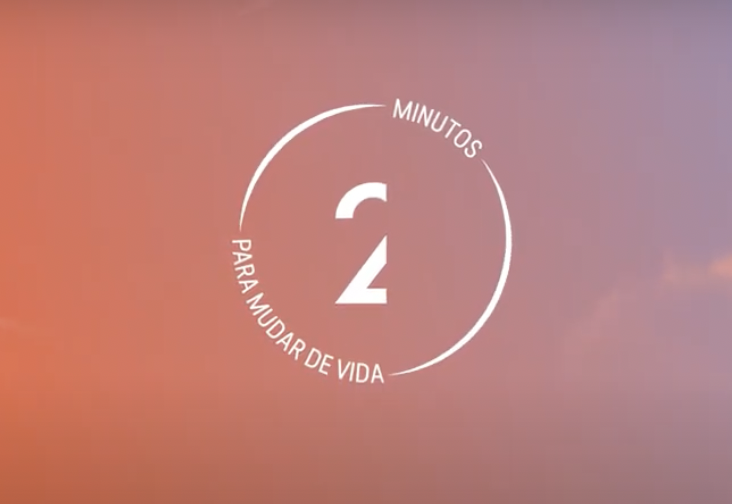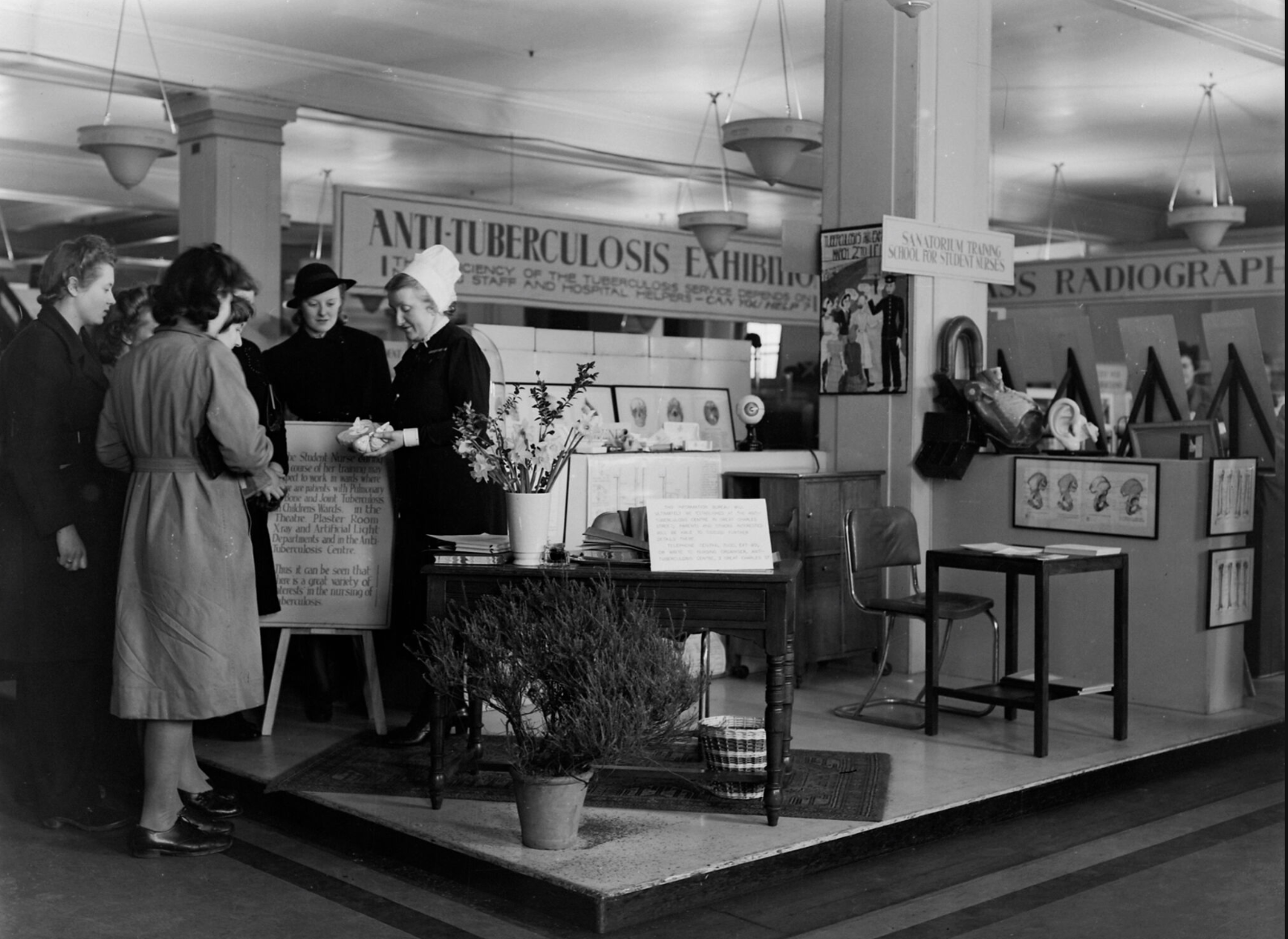
Using fiction to change behavior: the case of the TV series “2’ Life changing minutes”
Choice and change. If everyday life is a struggle between the intuitive nature of choice and the drive not to change, can any facts alter this? Is scientific proof good enough, or do we need something else? And are we really looking for answers? Do we even want to be defied by questions on our lifestyles? 2’ Life changing minutes is about the excuses we give every day to refuse change and ignore the choices of a healthier life.
2’ Life changing minutes was created to improve health education about cancer, a leading cause of premature death in the world. More than 70% of cancer deaths depend on potentially modifiable behavioral options, yet cancer education is rarely mentioned in the media and is frequently neglected in educational contexts. Making things worse, several studies have highlighted a low level of cancer-related knowledge globally, reinforcing the need for new solutions that break with present strategies: based on numbers and statistics, on commonplace “adopt a healthy life” kind of messages, and on information conveyed by “sources of authority” such as doctors, many times lacking in pedagogy and communication skills.
2’ Life changing minutes is the 1st fiction TV series on cancer education in Portugal and, as far as we know, in the world (freely available @ www.2minutos.pt). This TV series was created as a stepping stone to a national transmedia health campaign, designed for television, web, social networks, mobile, classrooms and local public events, tailored with specific approaches for each media and/or public.
This innovative format was created from scratch by a multidisciplinary team of researchers, communicators, oncologists, and visual artists, stemming from the bubbling ecosystem of a cancer research institute, performing a work of pure interface between health, education and creative media. With little references to go by, our team designed a new format with unconventional proposals for health education:
USE OF FICTION. Because stories are the fabric of the human mind, the use of fiction establishes emotional bridges between the viewer and the characters and their stories, thus helping overcome personal barriers in changing one’s own actions or behaviors.
ENTERTAINING. The usual premise was inverted: people must first want to watch and only after can they learn. So first an entertainment series, close second an educational one. Short episodes in a light and humorous tone without ever compromising the commitment to scientific rigor was a particular challenge, especially talking about serious diseases like cancer. Fine needles were constantly used to thread a line between information and entertainment. It’s not comedy but it’s fun.
SIMPLE TAKE-HOME MESSAGES. Focused on simple and practical information, at the individual level, with proven effectiveness in reducing the risk of disease, and taking into account personal options. A constant effort to strip the information to its essential, practical, individual, memorable aspects and to never convey a paternalistic view on healthy choices.
A STRATEGY FOR EVERYONE: A nationwide campaign designed for television – daily broadcast on prime-time –, for the Web – 24/7 freely available content supported by a strong online presence, social network and mobile app motivators for interactivity and sharing –, and for schools – an online course was developed to facilitate the use of the TV series in a classroom setting (K12 and higher education), enhanced by additional pedagogical content, including several hands-on activities.
This was the 1st health TV show ever to air on prime-time in our country and moreover on the main channel of the public network, RTP1. Running daily for 1 month, each of the 20 episodes tells a different story revolving around proven lifestyle choices and risk factors, and had an audience of 3 million different viewers – that’s almost 1/3 of Portugal’s population! –, with an average 374 thousand viewers per episode and an average share of 8,0%. The project’s online presence reached over 2 million users, with a particular focus on teachers and students from schools all over the country.
One question that needs answering is: did it work?
Results from our evaluation efforts point towards “yes”:
- During the pilot phase of the project, 2 different studies were performed using test screenings of 2 pilot episodes: an online questionnaire was applied to the target population (n=291), and 2 focus groups were conducted with medical doctors (2x n=6). Results showed that 83.9% of the respondents considered the pilot episodes innovative, and 92.0% described them as having high audio-visual quality. The health messages embedded in the episodes were considered easy to understand by 95.5% of the respondents, and 82.8% considered the information very relevant to the general population. Focus group participants corroborated these results and highlighted that an intervention based on this format could have a real impact on the population’s health literacy.
- After the series exhibition on national TV, a second evaluation was performed. An online questionnaire was answered by 667 users. Viewers (n=231) and non-viewers (n=446) of the series were compared in terms of cancer prevention knowledge. Results showed that viewers had a 33% increase in cancer prevention knowledge compared to non-viewers. Viewers were also asked to evaluate the series. The vast majority (97.0%) liked it or liked it very much, learned something new (90.9%), and considered the health messages easy to understand (96.6%). The majority also recommended the series to other people (98.3%), and talked to other people about the content of the series (71.6%). About half of the respondents (54.0%) said they changed something in their behavior after watching the series.
Resources were limited, the teams and workflow were unconventional, the format was different from anything previously aired by RTP1 – creating many pitching and pipeline challenges -, but the team steered ahead, fueled by the uncompromising belief of setting a new ground for health education. A work of love, a mammoth challenge, shot in 53 locations, with a film crew of over 40 people, with 94 characters played by 29 actors and 87 extras. A project about choice and change, that meddles into the intuitive nature of choice and the drive to change.
All in 2’ Life changing minutes.
For more information, click here for:




